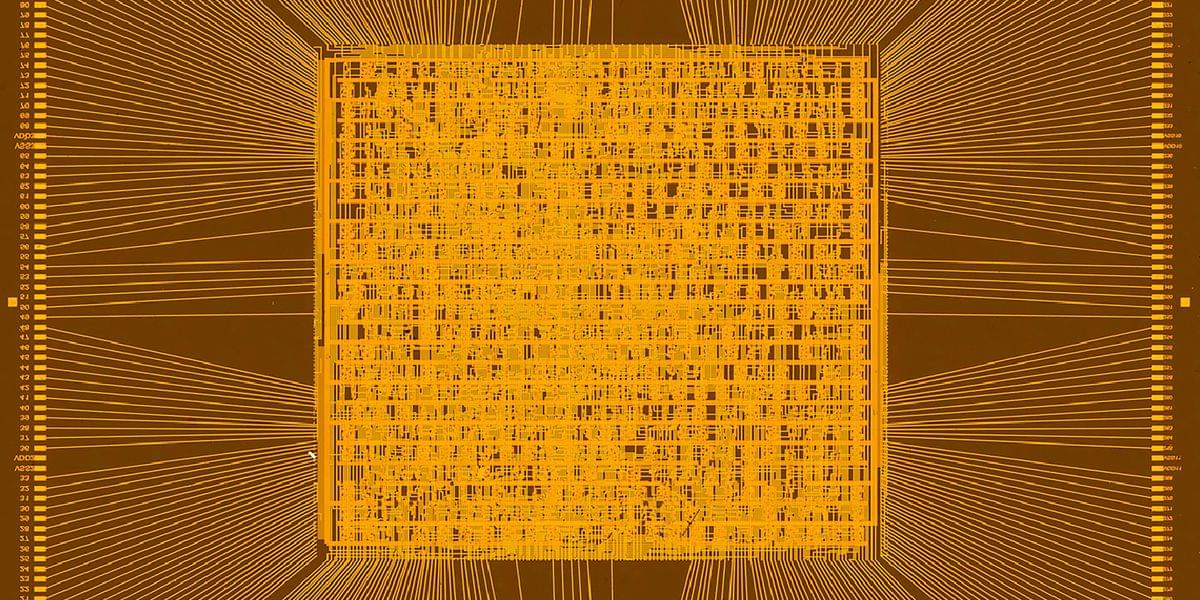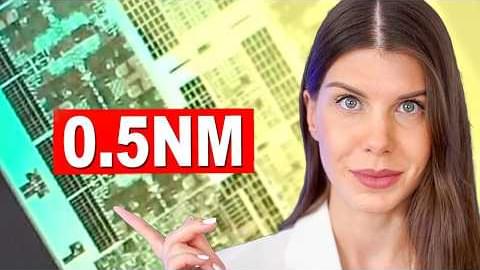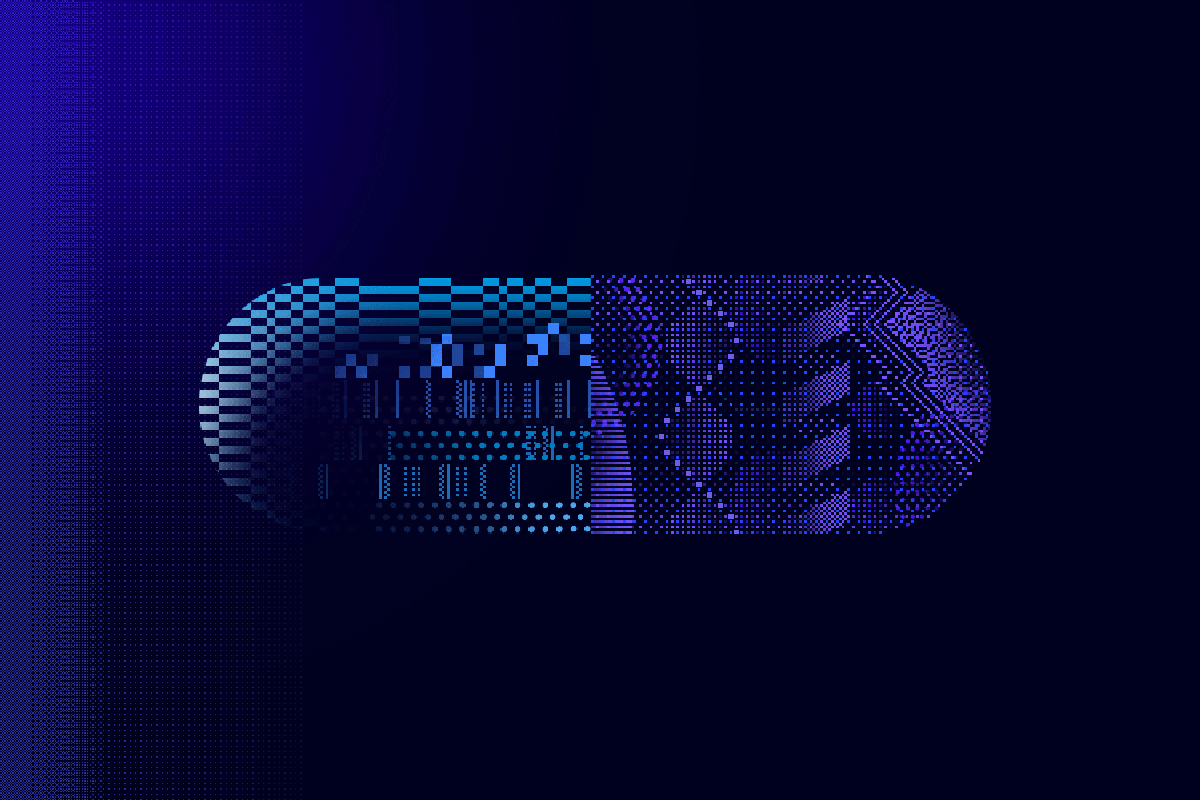IN A NUTSHELL 🔧 The United States has delivered a colossal superconducting magnet to France’s ITER project, advancing nuclear fusion technology. 🤝 Collaboration among eight American companies was essential to construct the solenoid’s support structure for the reactor. 🔄 Four out of six solenoid modules have been installed, with completion expected by the year’s end.
“France Can’t Do It Alone”: U.S. Delivers 60-Foot Superconducting Magnet Beast Crucial to the $22 Billion ITER Nuclear Fusion Dream
Posted in nuclear energy | Leave a Comment on “France Can’t Do It Alone”: U.S. Delivers 60-Foot Superconducting Magnet Beast Crucial to the $22 Billion ITER Nuclear Fusion Dream









